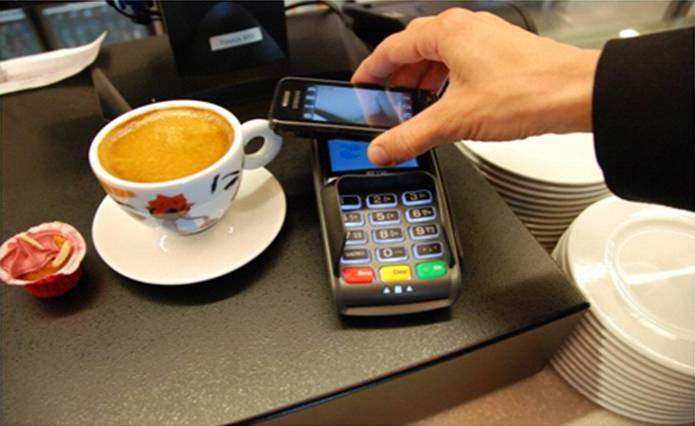 Earlier this April, electronics giant Samsung announced a new partnership with leading POS (Point of Service) manufacturers in an effort to “accelerate mobile payment adoption” among consumers in the US and across the world.
Earlier this April, electronics giant Samsung announced a new partnership with leading POS (Point of Service) manufacturers in an effort to “accelerate mobile payment adoption” among consumers in the US and across the world.
Teaming up with the likes of Verifone, PAX Technology, Equinox, USA ePay and others, the company’s renewed focus on mobile payments looks likely to further secure their status as leaders in the field, with Samsung Pay already being used by over ninety percent of leading retailers in the US, as well as the majority of small, local businesses that accept mobile payments.
Ultimately, if you have your own business you need to be able to take payments in as many ways as possible including credit cards and mobile payments. To do so you need a merchants account and, as with most things these days, you can compare merchant service providers online.
Once you’ve got an account set up you’ll likely quickly notice amongst your customers that mobile payments have already catapulted their way from a niche audience to one of the most widely used payment methods, with many experts predicting that in the next few years, platforms like Samsung Pay and Apple Pay will outrank chip and pin technology, and even good old fashioned cash, as the default way most of us pay for goods and services.
The next evolution in mobile financial management
Along with Apple expanding their own Apple Pay into international markets, and several other major tech firms breaking into the market, the move to a mobile payment society is expected to come within the next decade, something some see as the next evolution in using smartphones to manage our finances.
Again, growing from a relatively small audience to the most prominent method of managing core banking services, mobile banking software was used to move £2.9 billion a week in 2015, a figure which has grown steadily over the past several years, including a .9 increase alone from 2014.
Challenges ahead
Not that the industry didn’t have its challenges. Much like in the mobile payments market, those responsible for creating mobile banking systems had a steep hill to climb in order for digital banking to overtake traditional core banking methods, much of it relating to mass adoption of smartphones themselves. Starting off with just a handful of apps, mobile banking was only able to really take off once more and more consumers were equipped with the technology to use it.
Back in the world of mobile payments, brands like Samsung and Apple are facing similar challenges. As with banking, payments’ biggest growth period will come when users upgrade from older smartphone model and move towards those capable of supporting the latest technology required to make digital payment a success.
Getting merchants on board
Unlike the typical mobile banking solution however, payments have another challenge ahead if they’re to finally succeed in becoming the default method of financial transactions. That challenge is simple: convince more merchants -particularly small business- to come on board.
In 2015, finance provider CAN Capital conducted a survey which revealed that as many as 87% of small business owners questioned were not currently accepting mobile payments.
Whilst that figure is likely to have decreased somewhat in the last year, it still provides a hurdle for Apple, Samsung and their contemporaries that they’re aiming to overcome by espousing the tangible benefits of accepting mobile payments over traditional debit and credit cards.
For one thing, there’s the cost. Whilst accepting mobile does require some initial investment, the overall costs are typically much lower than the often expensive handling fees charged by credit companies, making them a viable alternative to chip and pin for small business owners who need to keep overheads low whilst still keeping up with modern tech.
The advantages for business owners don’t end there either. One of the driving factors in mobile’s increasing popularity over the recent years has been the ability of big name brands like Starbucks using the technology involved to offer discounts and reward loyalty, something the company reports has led to mobile payments accounting for 30% of their business in North America.
Quicker, simpler, more secure
Meanwhile, Apple, Samsung et al have already taken their cues from mobile banking software providers in making much of mobile’s biggest -and perhaps most important- benefit to customers and merchants alike, namely that using a smartphone is often quicker, simpler, and certainly more secure than using a card, or in most cases even cash.
It’s these benefits that have already helped mobile payments make huge strides in taking over traditional payment methods, and -if the experts are correct- will ultimately see Samsung’s dreams of ‘accelerated mobile payment adoption’ become a reality sooner, rather than later.
Have you used Apple-Pay or other mobile payment technology?
You must log in to post a comment.